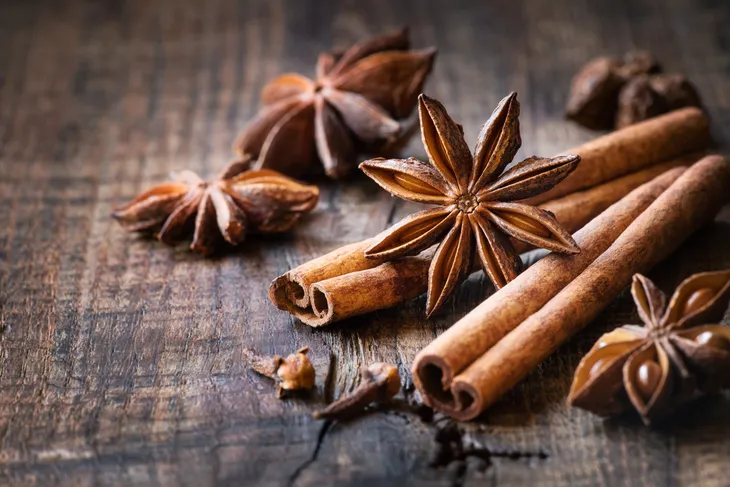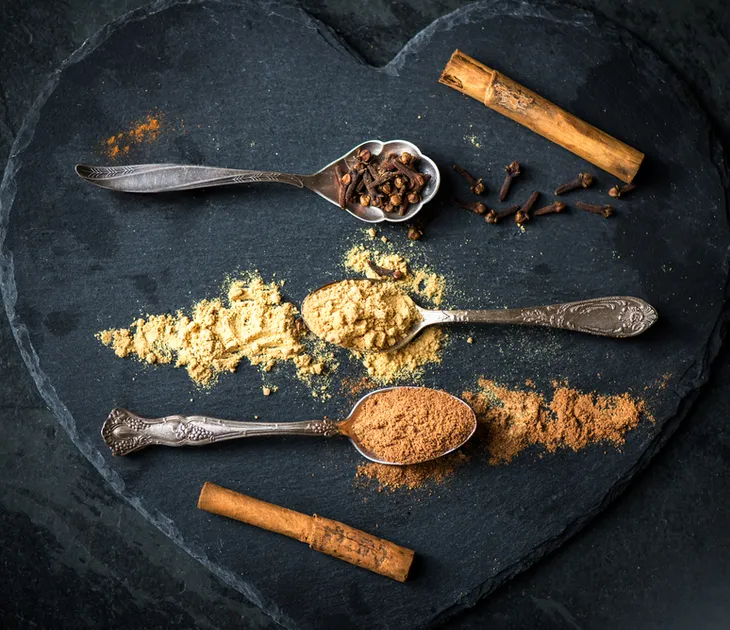Regardless of how you celebrate end-of-year holidays, food is probably central to your winter festivities. And a trio of spices – cinnamon, nutmeg and ginger – feature in many dishes and drinks and are an unmistakable part of the scent profile we associate with the holiday season.
As a plant scientist, I was curious to know how these spices, grown in the tropics, became so closely associated with the Northern Hemisphere’s winter holidays. Just as cranberries’ fall harvest makes them a natural choice for Thanksgiving, I thought that perhaps the seasonality of spice harvest had something to do with their use during the winter months.
However, this doesn’t appear to be the case. When it comes to growing spices, producers are playing the long game.
Growing holiday spices
Take ginger, which features in both sweet and savory recipes in many cuisines worldwide. Ginger roots take between eight and 10 months to fully mature. The plants can be harvested at any time of year if they are mature and haven’t been exposed to cold or wind.
That timing is important because harvesting ginger means uprooting the whole plant to get to the rhizomes growing underground. Rhizomes function like underground stems, storing nutrients for the plant to help it survive the winter. Once cold weather signals to the plant to dip into its underground supply of nutrients, the quality of the harvested ginger will decline significantly.
Nutmeg comes from grinding seeds of the Myristica fragrans tree, an evergreen that’s native to Indonesia. The trees start flowering in their sixth year, but peak production comes when they are closer to 20 years old.
Workers harvest fruit from the trees, which typically grow to heights of 10 to 30 feet (3 to 10 meters), using long poles to knock the fruits down. For spice production, the fruits then are dried in the sun.
Nutmeg comes from grinding the inner seed kernels; its sister spice, mace, comes from grinding the tissue that envelopes the seeds. Since this plant yields two spices, the long wait for the trees to mature is worthwhile for producers.
Cinnamon is made from the bark of two trees: Cinnamomum verum for cinnamon sticks, and Cinnamomum cassia for ground cinnamon. The two types have different textures and flavor profiles, but both are made from the outermost layer of the trees’ bark. Production typically starts after a tree is 2 years old.
Peeling bark from cinnamon tree branches is easiest after heavy rainfalls, which soften the bark, so harvests typically happen after monsoon seasons. The same effect can be achieved outside of monsoon season by soaking branches in buckets of water.
 Shutterstock/kuvona
Shutterstock/kuvonaWhat makes a spice ‘warm’?
Cinnamon, ginger and nutmeg all are widely described as “warm” spices, which probably has less to do with where they come from and more with how they affect our bodies.
In the same way that mint can “taste” cold due to its menthol content, cinnamon’s warm taste is attributed to a compound called cinnamaldehyde, which gives the spice its distinctive taste and smell. This chemical tricks our nervous system when we eat it by triggering the same pathway that perceives warmth, much as capsaicin in peppers triggers feelings of pain.
Cinnamaldehyde also helps decrease blood glucose levels, so enjoying some cinnamon tea after a big Christmas dinner can help stop your blood sugar from spiking. Cinnamon has been used for thousands of years in traditional medicine across Asia for its antibacterial properties and as a digestive aid.
Christopher Columbus’ first voyage west across the Atlantic sought to find a direct route to Asia to purchase cinnamon and other spices directly where they were grown.
Indeed, the spice trade can be seen as a microcosm for the story of globalization, with all of its associated benefits and harms.
Spicing up our health and digestive systems
Ginger and nutmeg don’t trick our nervous systems into feeling warm, but they both contain a myriad of compounds that aid in digestion and can fend off viral and bacterial infections. Ginger is an excellent anti-nausea agent because of a compound called gingerol, which increases gut mobility. This means food doesn’t linger in the gut as long, which cuts down on gas production and keeps us from feeling bloated and sick.
Ginger was first used for food purposes in the Middle Ages as a way of masking the taste of preserved meats, which were mainly consumed in the winter months surrounding holidays. Unlike most spices, it can be used for cooking in many forms – fresh, dried and ground, candied or pickled. Each version offers a different level of ginger’s signature bite.
Like cinnamon, nutmeg is another anti-diabetic. It has been shown to both decrease blood glucose levels and increase serum insulin. Insulin helps regulate how sugars are stored in our bodies by moving glucose out of our bloodstream and into cells, where it can be accessed later when we need an energy boost. So cinnamon can help ensure that all those holiday baked goods are put to use energetically, whether that’s right now or later.
Nutmeg seeds produce many natural compounds, some of which have the potential to fight pathogenic bacteria. During the 1600s, doctors believed nutmeg could be effective at warding off the bubonic plague, and many people wore it tied around their necks. This belief likely came from nutmeg’s insecticidal qualities, which would have helped keep fleas carrying the plague off people sporting a nutmeg necklace.
The sights and sounds of the winter holidays are distinctive, but nothing is as all-encompassing and nostalgic as the smells and tastes. Understanding how we have evolved traditions surrounding food, and the science behind those foods, can help us further appreciate their role in the season of celebrations.
 Shutterstock: Anna Mente
Shutterstock: Anna MenteSerina DeSalvio, Ph.D. Candidate in Genetics and Genomics, Texas A&M University
![]()
This article is republished from The Conversation under a Creative Commons license. Read the original article.




